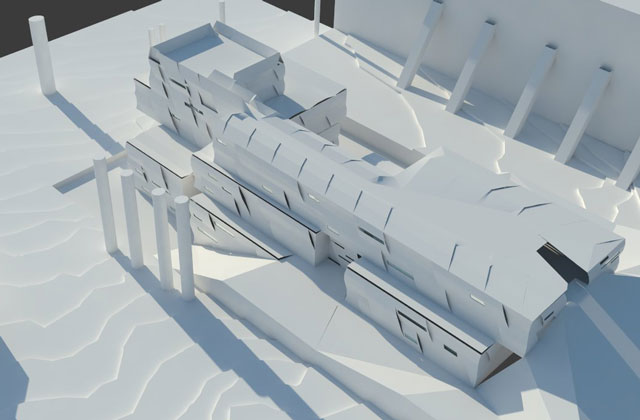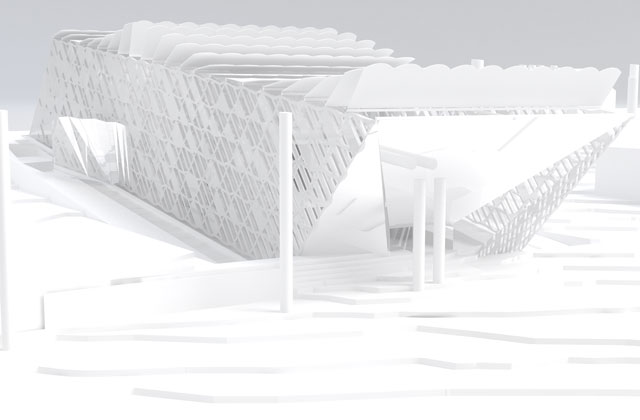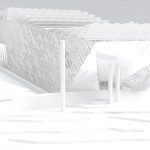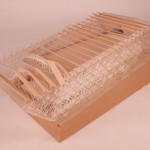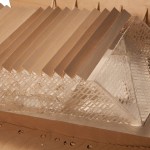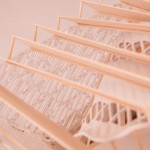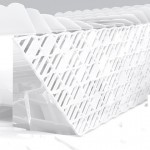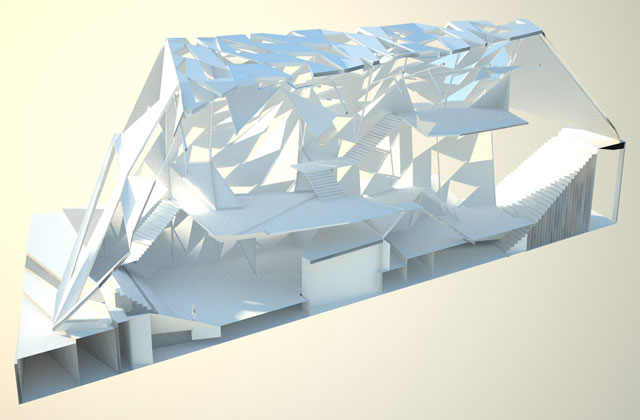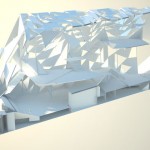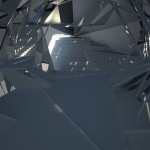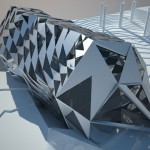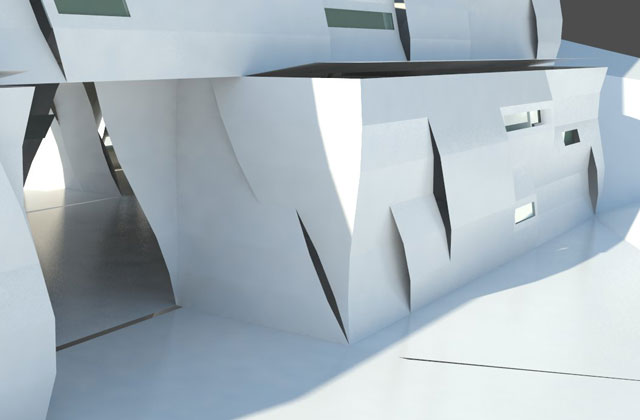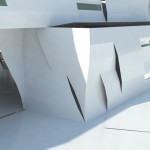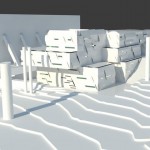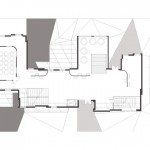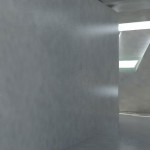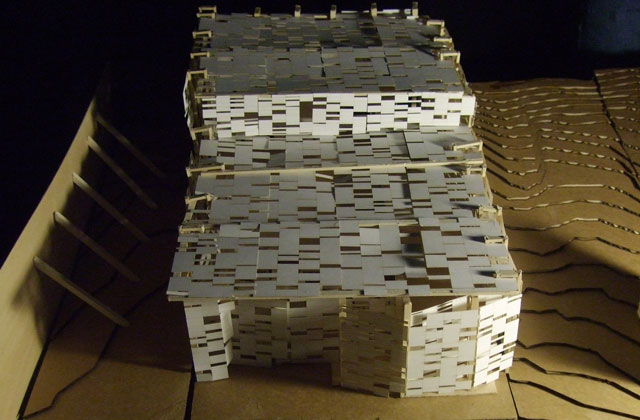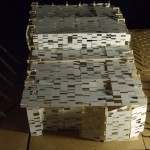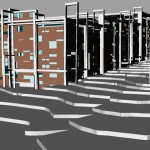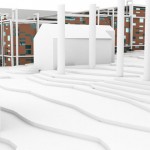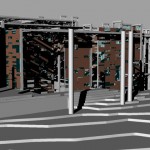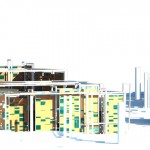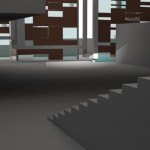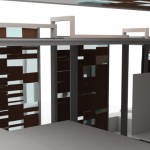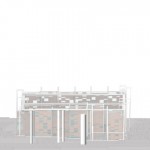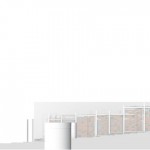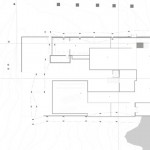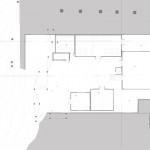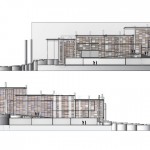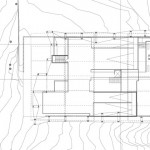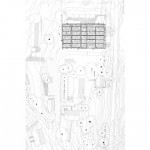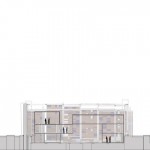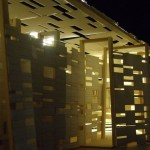2010F_Arch Design 2_Carvalho Section
ARCH-2200 | Jeremy Carvalho, Adjunct Faculty
Material Manifestations: Archive and Exhibition Center for the Legacy of the Shakers
Selected Student Work:
Jacqueline Fulginiti
Tracey Hagemann
Asceticism and Educational Process –
In many ways, the study of Shaker culture illuminated the ascetic behavioral codes and concepts of rigorous production that remain central to architectural education. Total focus upon a body of work, iterative procedure, and incremental refinement was often elevated to a spiritual practice in Shaker culture. As a result, many everyday artifacts were embodied with an uncanny abstraction yet also imbued with the index of an ingenious mass production process. The ‘meta-pedagogy’ implied by Shaker culture in this sense catalyzed the semester and intensified the collaborative nature of the studio environment.
Material Analogues and Digital Processes –
Central dynamic actions of each tool (i.e., spinning wheel, lathe, threading jig) were imagined as graphic accumulations of line work, analogous to the accumulation of material (i.e., wool, wood) undergoing various manufacturing processes. Material characteristics such as density, weave, mass & depth were modeled as part of cyclical drawing processes. This process of drawing construction began to sift and separate the figurative properties of actual Shaker artifacts from a series of abstract spatial effects produced by drawing processes themselves.
Diagram and Translation Process –
Through rigorous abstraction, students attempted to move beyond the single artifact toward its more generative principles of manufacture and material characteristics. Diagrams of tool / artifact ideally lost their figurative properties while generating more and more capacity for spatial organization and individual design syntax. Because ‘radical abstractions’ held the possibility for multiple interpretation and re-interpretation, this process of encoding and translating spatial information was able to produce multiple spatial effects and design strategies even when examining deceptively simple or identical Shaker artifacts.
